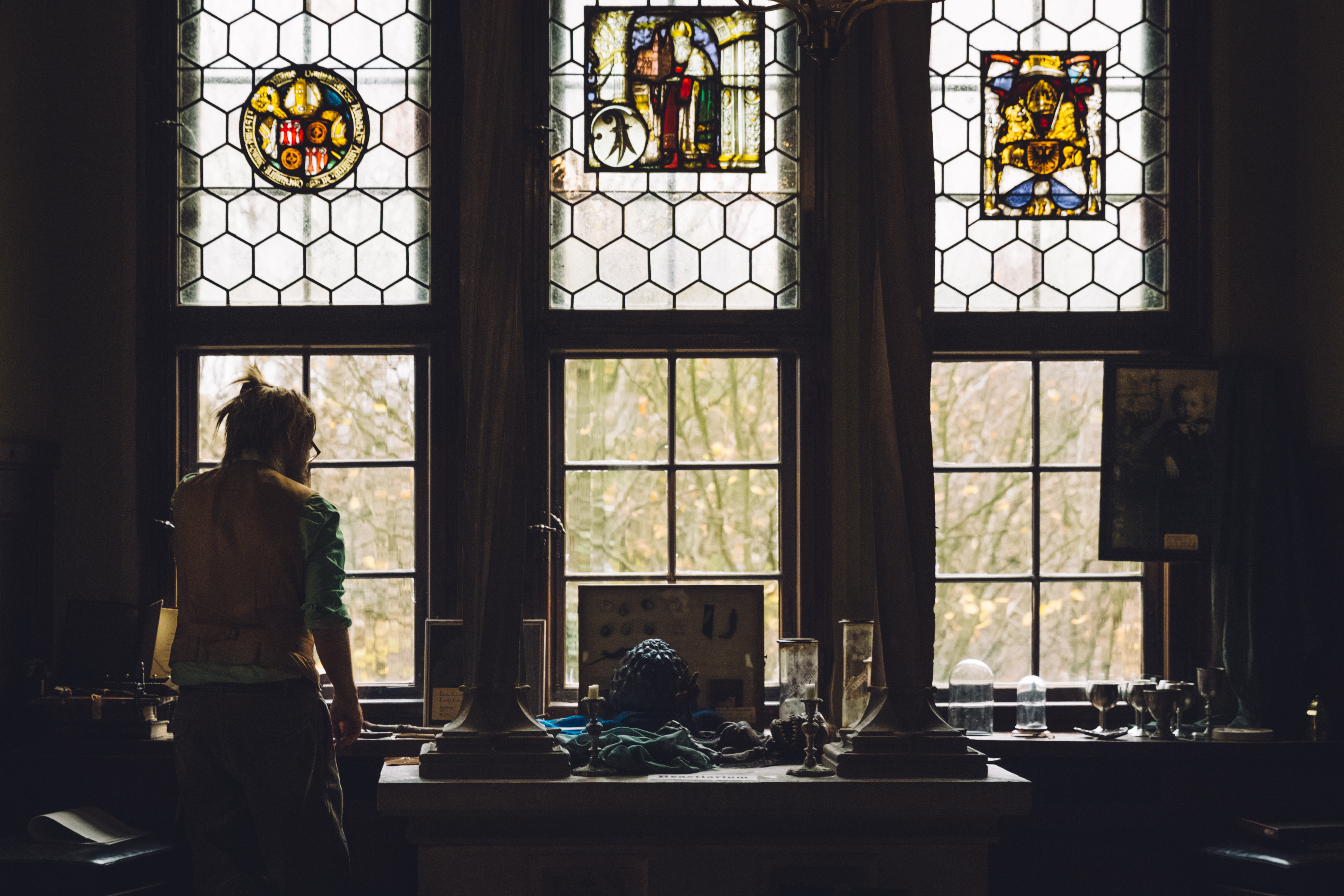The Rule Book: The Building Blocks of Games is finally out today! This is a book about the five types of rules that make up the games that we play. If you are excited by games and rules, this is a book for you!
I’m quite proud of this book. Working with my long-time partner in crime Markus Montola is always a joy, and since this is our sixth (yes, really) book together, we really have our process down. The Rule Book is probably the purest Stenros & Montola joint thus far, so if you have an opinion of our usual tone and style, this is pretty much more of that same feel. We have been working on this particular book since 2018, so this is our longest joint project. Over the years we kept writing this on weekends, in the evenings, and on stolen days as a sort of a special project. Otherwise Markus was busy being a co-founder and lead designer in a game startup and I was working on other research projects and running a master’s programme in game studies.
Originally, we were planning on writing a book that would be a combination of our doctoral theses and would serve as an accessible foundation stone to constructionist ludology, our approach to game studies — and then would also look at game rules. Slowly the focus shifted. While we are still very much devoted to constructionist ludology, that part in the book kept getting shorter and shorter. We realized that we are not so interested in writing the same stuff a second time (all of this is already laid out in our dissertations), and that the audience for a theoretical piece is smaller than for a more accessible account of game rules. The theoretical grounding is still there, but hopefully it does not stop people from getting to the fun bits.
Because yeah, this is a fun book! At least if you think endless examples of games and game rules from all kinds of domains, (e.g. football, cockfighting, ski jumping, Magic: The Gathering, bouldering, Halo 2, bouldering, Scrabble, Dakar Rally, wheelchair Tennis, go, Horizon Zero Dawn, Inside Hamlet, Monopoly, etc.) presented with academic dryness is fun. I feel that one of our strengths is that we really are trying to say something about games in general, and not just about digital games, board games, or sports. By looking at the plurality of games, it is possible to see the similarities – and the differences.
But don’t just take my word for it. Eric Zimmerman, one of our blurbists had this to say about the book: “Going way beyond abstract philosophical arguments, The Rule Book connects the fundamental element of rules to contemporary debates around gambling, disability, gender, harassment, the ethics of EULAs, and so much more. A Game Studies must read.”
Also, we realized that it has been a while since we were published by an actual respected publisher. I have to say that working with The MIP Press was super smooth. In the past my books have been published by big international and domestic publishers, but more commonly by small museum presses and by tiny role-play association. When you do small press, you get to decide every detail, but you also need to do all the work and it has that odor of vanity press. With a big publisher there are numerous restriction and hoops to jump through, but then there is also support and, hopefully, a well-oiled machine to take care of the non-writing parts. Perhaps most importantly there is prestige. People take books from bigger publishers more seriously. I’m also happy to report that we had a really good experience with the wonderful team at The MIT Press, and I would totally love to work with them again. In fact, this has probably been the smoothest book process I’ve been a part of.
Finally, I am very happy that the book is out not only as a physical book and a kindle, but that it is release under a Creative Commons lisence and that it will also be available as an open access book from The MIT Press Direct to Open. People who can afford it should totally buy it, but everyone will have access to it anyway.
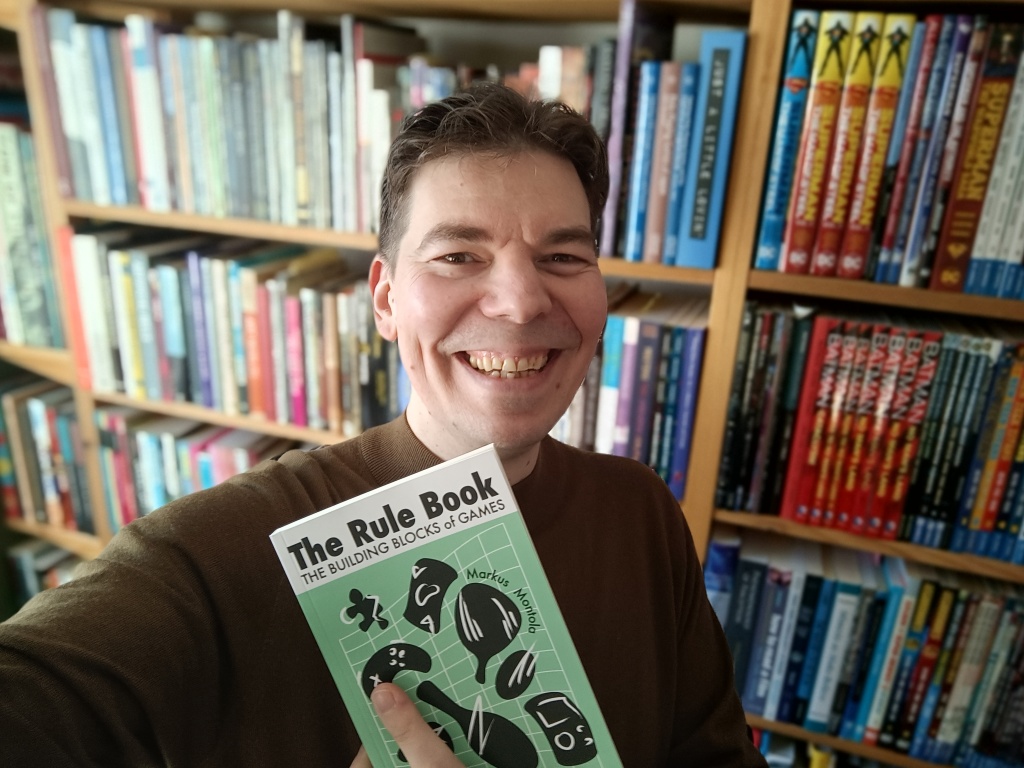
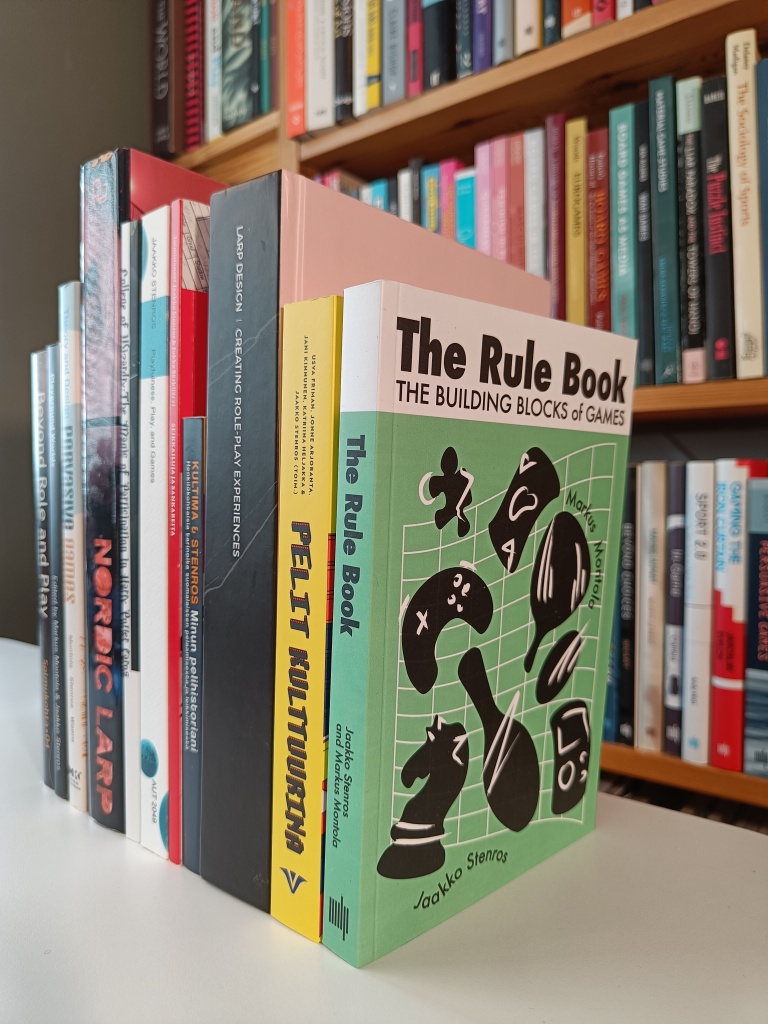
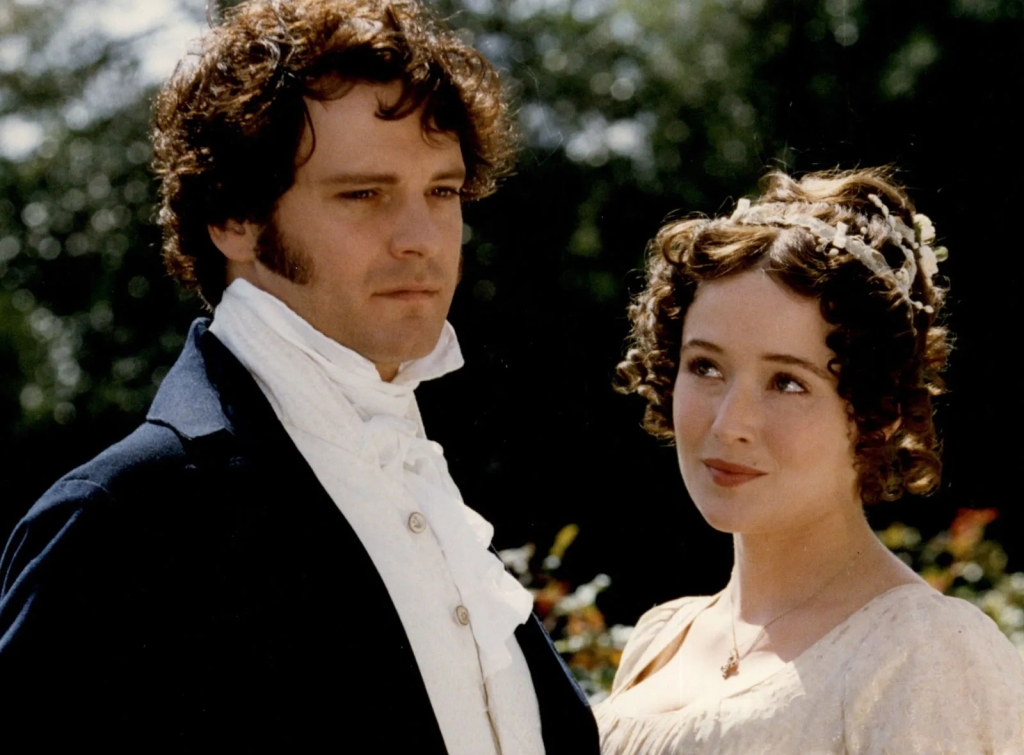
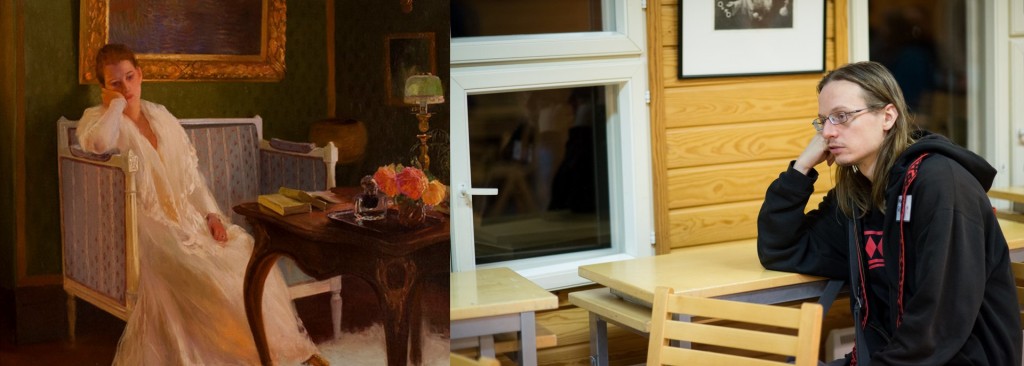
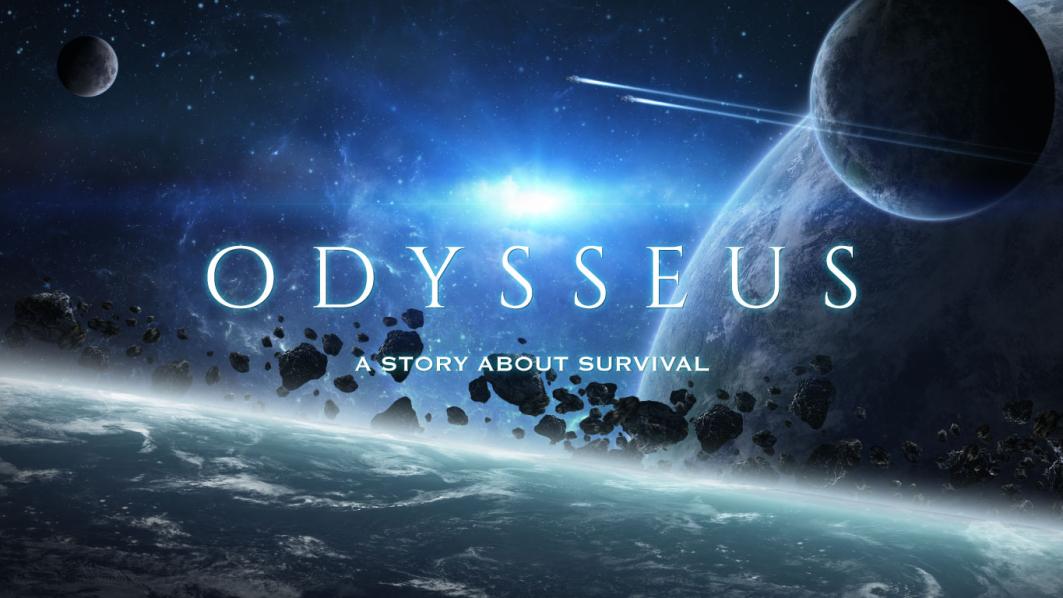
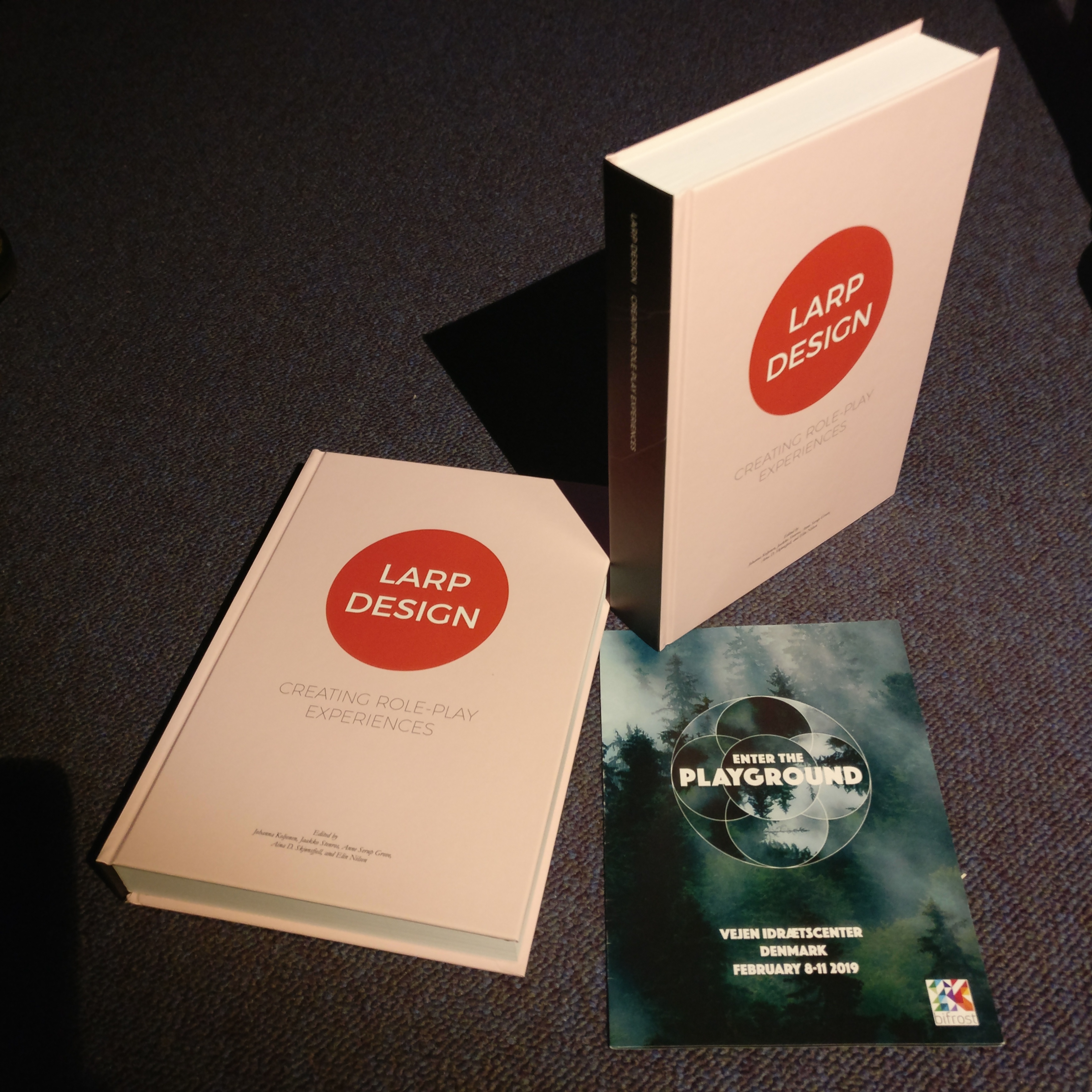 Larp Design: Creating Role-Play Experiences was published last week at the annual Nordic conference on larps, Knudepunkt. The book is over 400 pages long and features texts written by 60 authors from ten countries. It is edited by Johanna Koljonen, Anne Serup Grove, Aina D. Skjønsfjell, Elin Nilsen, and myself.
Larp Design: Creating Role-Play Experiences was published last week at the annual Nordic conference on larps, Knudepunkt. The book is over 400 pages long and features texts written by 60 authors from ten countries. It is edited by Johanna Koljonen, Anne Serup Grove, Aina D. Skjønsfjell, Elin Nilsen, and myself.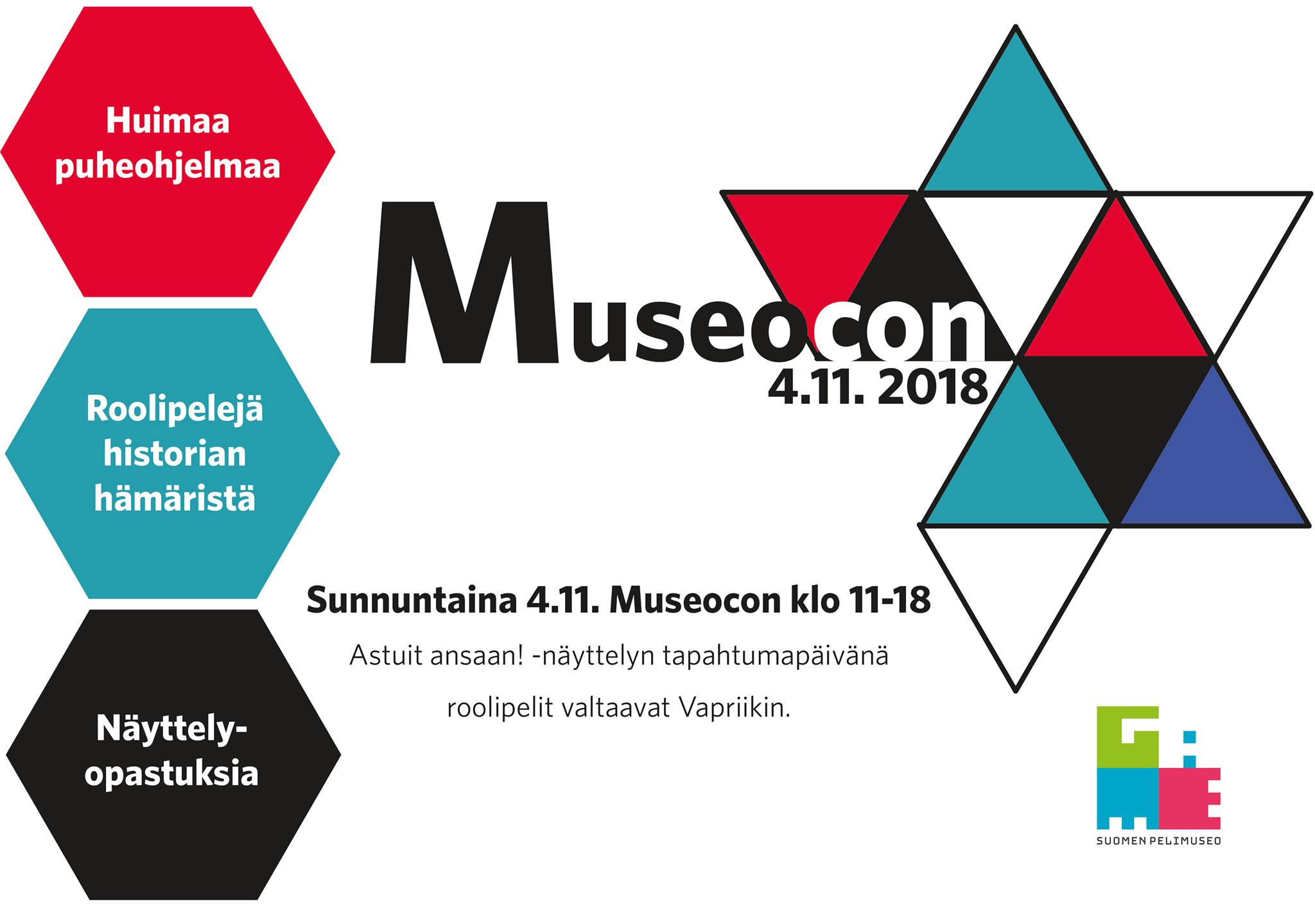 Sunnuntaina marraskuun 4. päivä on Suomen pelimusoessa
Sunnuntaina marraskuun 4. päivä on Suomen pelimusoessa 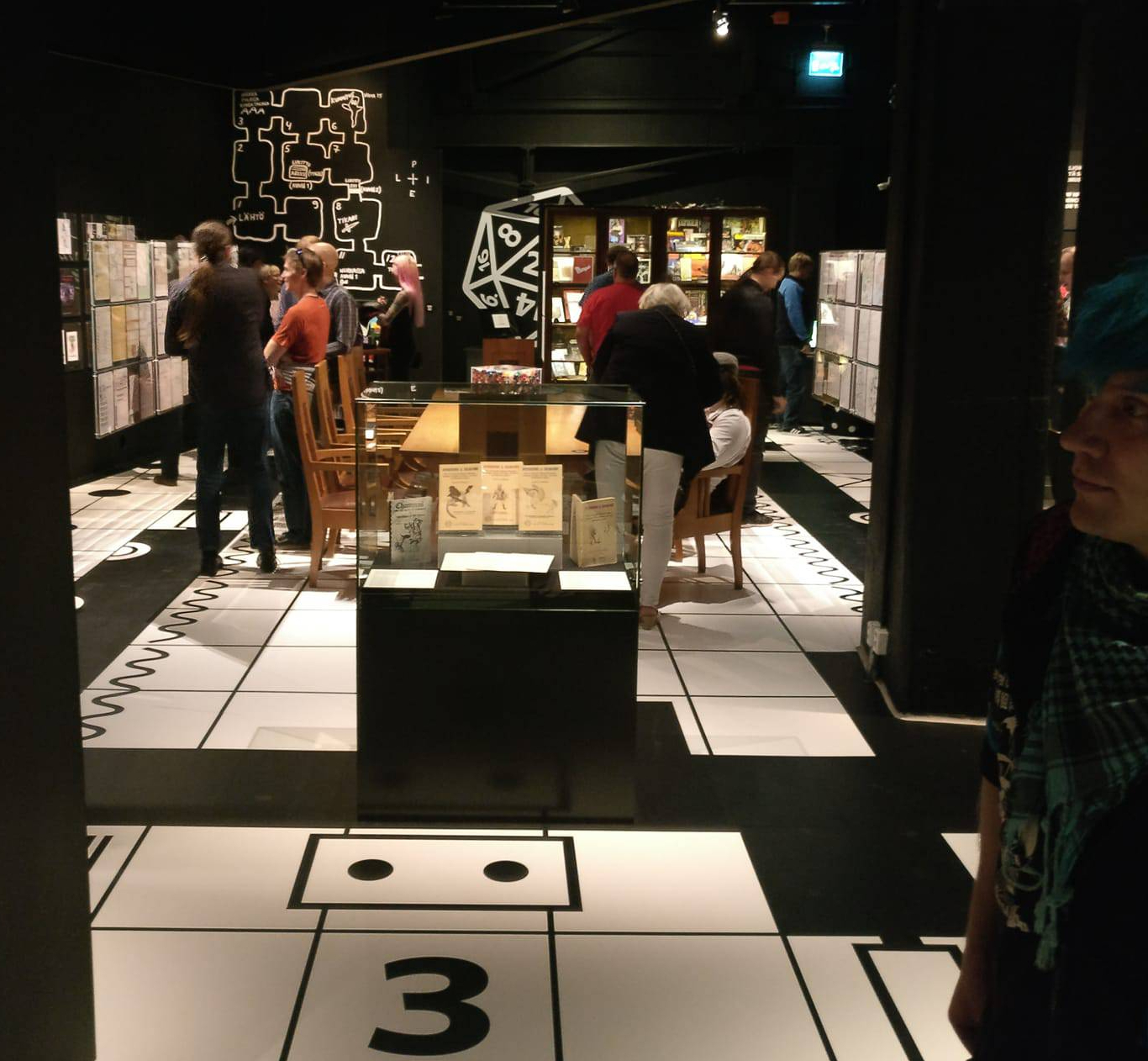 The first large temporary exhibition at the Finnish Museum of Games opened its doors to the public today. The exhibition is called
The first large temporary exhibition at the Finnish Museum of Games opened its doors to the public today. The exhibition is called 
